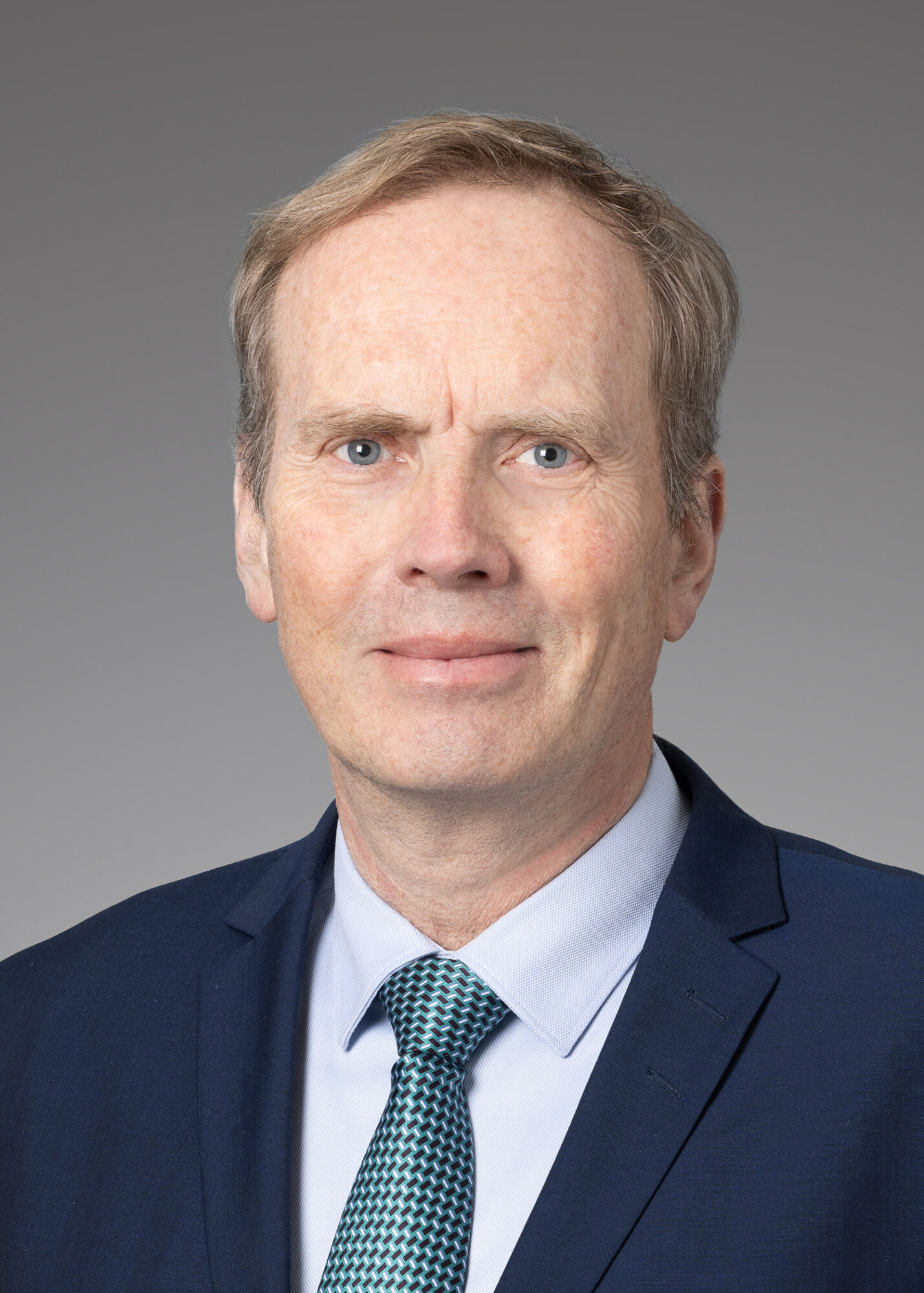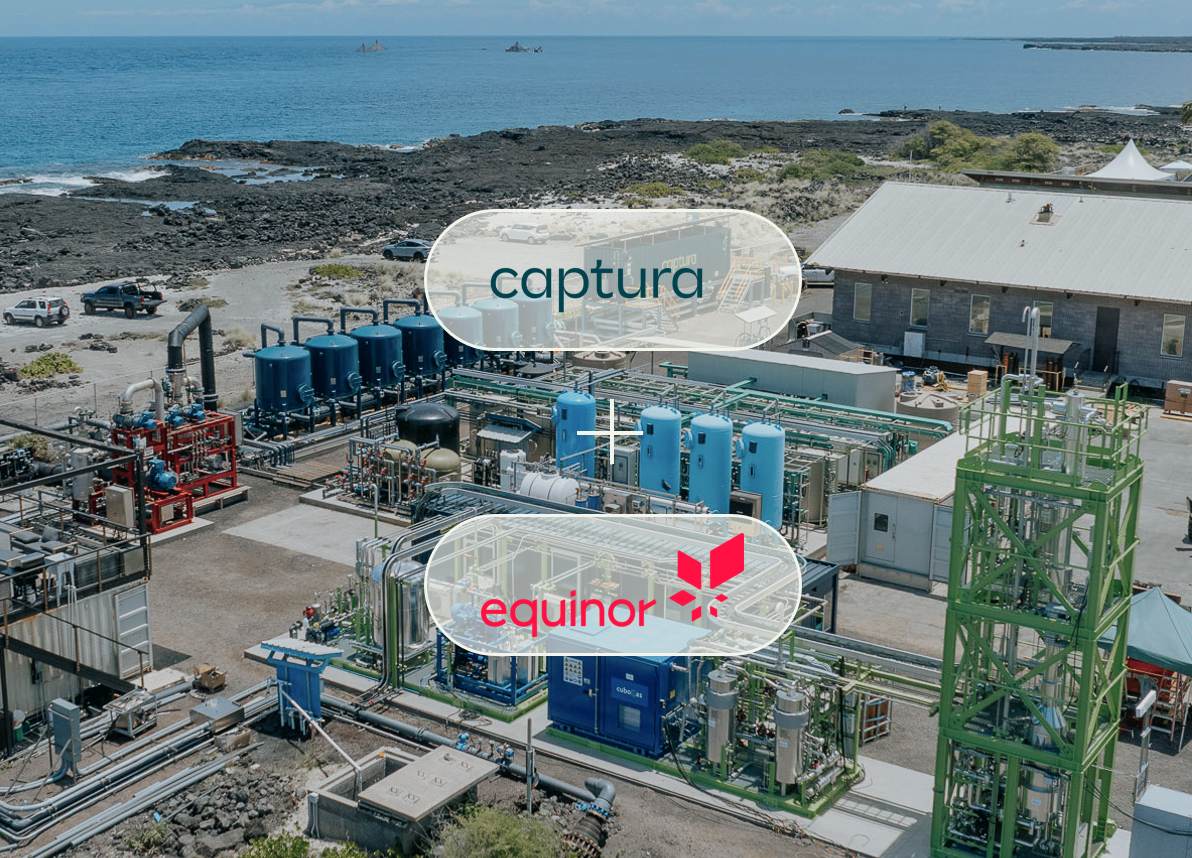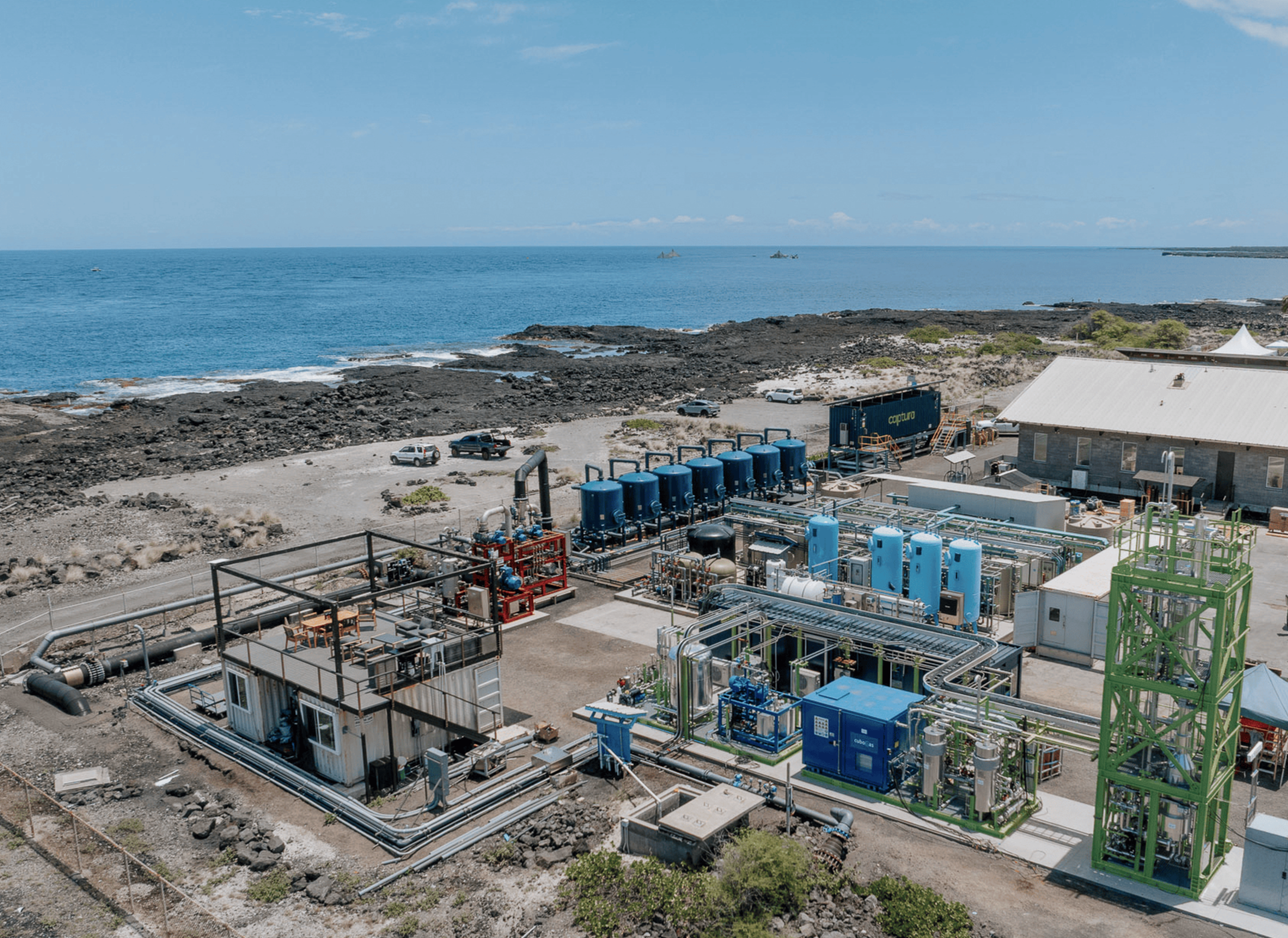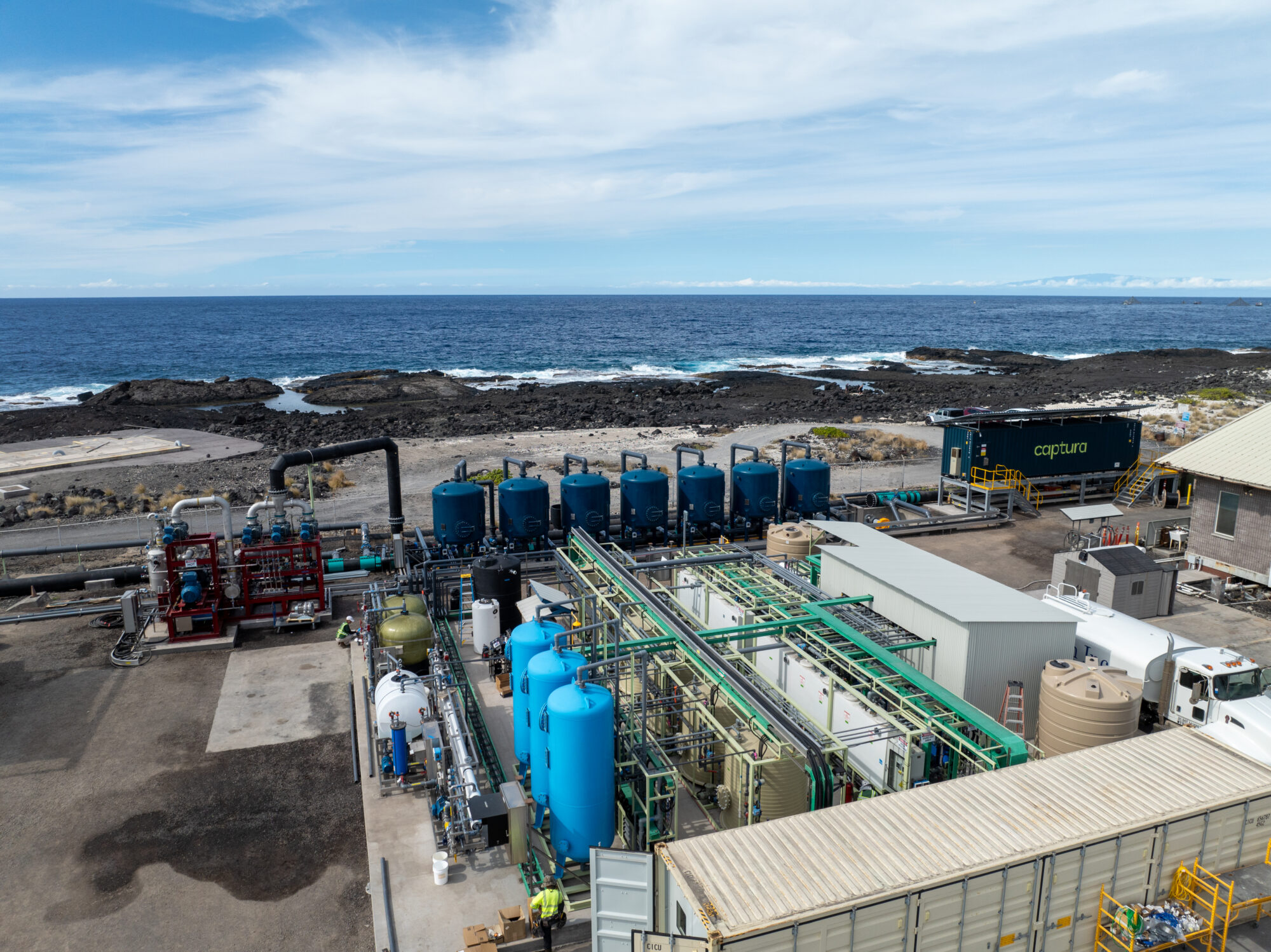“We recognized early that carbon removal is a critical part of achieving net zero, not a last resort. For it to scale at the pace required, we believe it’s important to engage early and help accelerate promising technologies.”
Scaling carbon removal to meet the climate challenge requires more than innovation—it requires deep cross-industry collaboration. At Captura, we’re building partnerships with organizations that share our vision and bring the complementary expertise needed to make progress happen.
One of those partners is Mitsui O.S.K. Lines (MOL), a global leader in shipping and logistics. MOL was the first company to sign a large-volume offtake agreement for Captura’s Direct Ocean Capture (DOC) technology, purchasing 30,000 t-CO2e carbon removal credits. The company also invested in Captura through its venture arm, MOL Switch, and entered a strategic partnership to explore deployment of commercial DOC plants.
We recently caught up with Yoshikazu Hirose, General Manager of Carbon Removal Team at MOL, to discuss why the company views DOC as a promising pathway for carbon removal and how it fits within MOL’s broader decarbonization vision. Here’s what he shared with us.
———
What are some of the biggest challenges the shipping industry faces in meeting its climate and decarbonization targets today?
Shipping is the most carbon-efficient way to move goods, with far fewer emissions per ton-mile than trucks or planes. But because more than 80% of global trade travels by sea, the sector still accounts for about 2–3% of global greenhouse gas emissions.
So, decarbonizing the sector is a major task, and it is uniquely challenging for a number of reasons. For one, it’s a capital-intensive business built on long-lived vessels, which means fleets can’t be replaced overnight. Operations span the globe, so securing reliable fuel supply, infrastructure and regulation everywhere is complex. Also, many low-carbon fuel pathways are still in their infancy, with availability, safety standards, costs and policy alignment still developing.
MOL has made significant commitments to decarbonize, with a net-zero emissions target for 2050 and a robust roadmap to get there. What are some of the key strategies you’re pursuing to reach those goals?
At MOL, our approach to decarbonization is multi-layered. First, we are pushing hard on efficiency through improved hull designs, clean energy adoption, wind assist technologies and operational improvements. Second, we must shift to cleaner fuel. MOL is exploring alternative fuels like e-methane, e-methanol, ammonia, hydrogen, biofuels, and hybrid or dual-fuel systems. Third, because some emissions remain unavoidable, we need to deploy carbon removal to address residual emissions. That is why we see engineered removal technologies like DOC as a necessary complement to emissions reductions.
That’s why we’ve partnered with innovative carbon removal companies like Captura and joined initiatives like the Japanese CDR Coalition, which brings together companies committed to scaling credible removal solutions. By combining innovation, collaboration, and measurable progress, we believe we can reach our 2050 target and help lead the maritime industry toward a net-zero future.

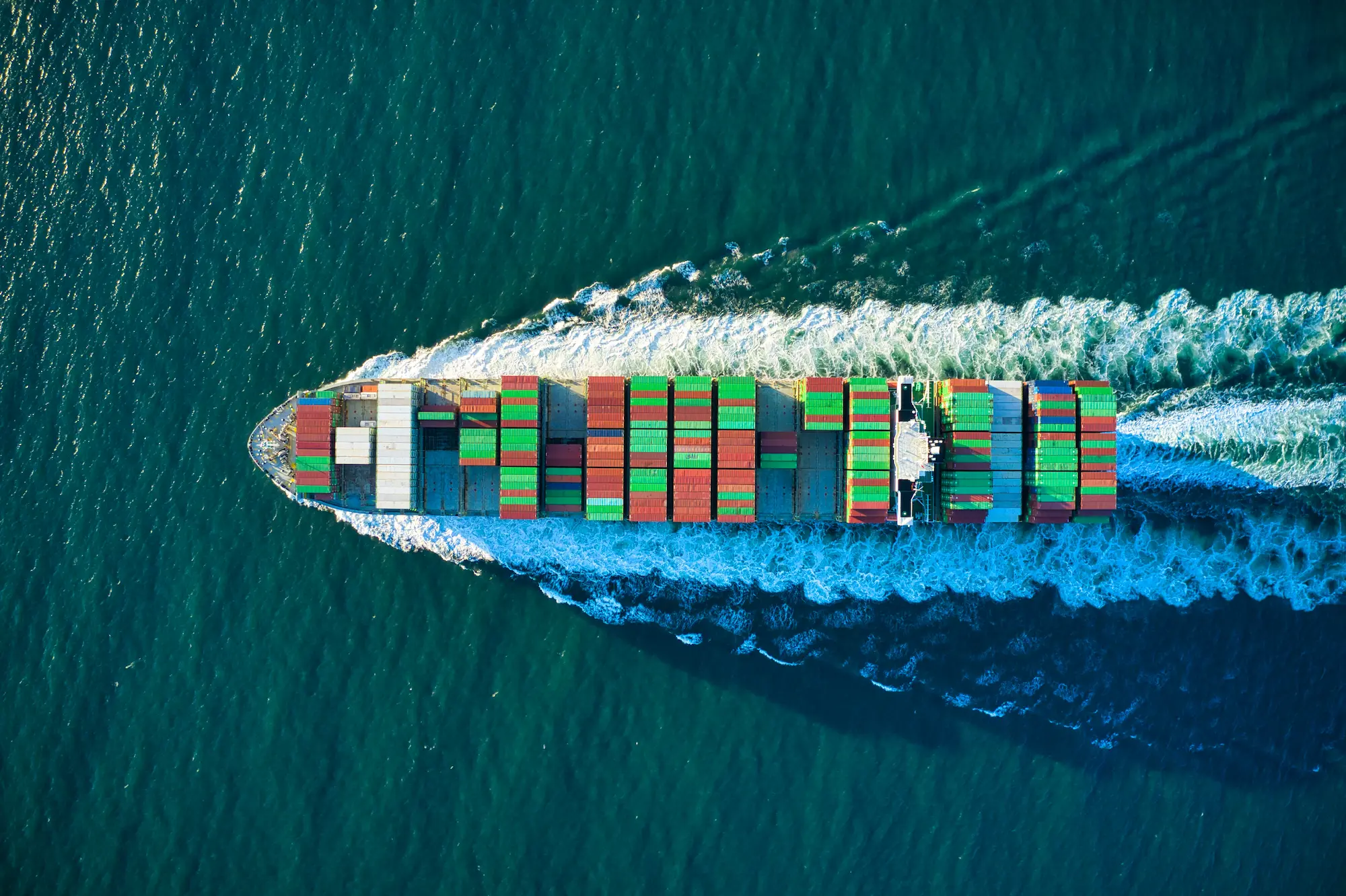
You were the first company to sign a major offtake agreement for Captura’s DOC carbon removal — what gave you the confidence to move first and at this scale?
We recognized early that carbon removal is a critical part of achieving net zero, not a last resort. For it to scale at the pace required, we believe it’s important to engage early and help accelerate promising technologies. When evaluating Captura’s technology, we saw a technically robust and highly scalable solution that builds on the ocean’s natural carbon cycle—something that resonates strongly with our maritime expertise. We were also impressed by the rigorous validation and scale-up demonstrated through Captura’s pilot program. Together, these factors gave us the confidence to move first and form a partnership that supports both our decarbonization goals and the broader advancement of DOC carbon removal.
In addition to the offtake, MOL has also invested in Captura and signed an MOU to explore deploying DOC plants. How does this technology align with MOL’s broader business, and how does it complement other decarbonization approaches in shipping?
Captura’s DOC technology is a natural fit within our decarbonization strategy. It’s a flexible solution that can deliver both carbon removal and e-fuel production by combining high-purity captured CO₂ with clean hydrogen, potentially supporting multiple decarbonization pathways in our net zero roadmap.
We also see strong synergies with our shipping operations. For example, there’s potential to repurpose end-of-life large vessels as floating DOC platforms, creating new value from declining assets while advancing our 2050 net-zero goals. It’s an approach that fits squarely with our long-term commitment to innovation and sustainability.
From your perspective, what makes DOC a particularly compelling carbon removal solution?
We see DOC as a scientifically robust and scalable approach to carbon removal. It leverages the ocean’s vast, natural capacity to absorb carbon without introducing new materials or chemical additives, making it both efficient and environmentally responsible. The technology can also integrate into the broader carbon capture, utilization, and storage (CCUS) ecosystem, creating opportunities for shared logistics, infrastructure, and synthetic fuel production. For a global maritime company like MOL, that compatibility across value chains is especially valuable.
